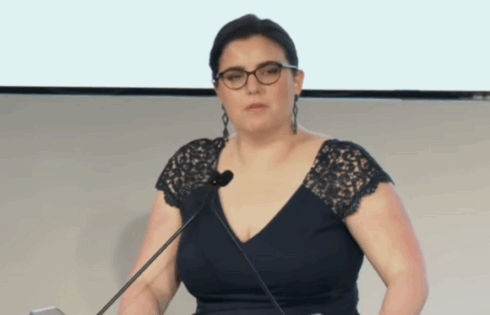
COVID-19 response provides an opportunity for colleges to innovate
To promote social distancing in response to the COVID-19 pandemic, universities across America have sent students home and are conducting classes remotely, via online video.
According to one count, nearly 99 percent of all American law schools have moved online to protect students against the coronavirus. One would be hard-pressed to find a college or university that has not done the same.
Of course, “distance learning” is nothing new. According to data collected by the National Center for Education Statistics, 34.7 percent of all American college students took at least one online class in fall of 2018, up from 33.1 percent the year before. Nearly 40 percent of graduate students currently take at least some of their classes online.
But when large universities shift their course offerings online during a global pandemic, it might get students wondering – why would they continue to pay exorbitant fees for dorms, meal plans, and parking, when they can get the same instruction sitting at home in front of their computers?
Once a large university proves it can provide a reasonable facsimile of its course offerings without the enormous expense, students may start to demand they do so.
College affordability and student debt are two of the most pressing issues to young Americans today – they would no doubt look favorably at any arrangement that allows them a way to finish a college degree without significantly hamstringing their economic futures.
Naturally, for many students, the true benefit of college isn’t what they learn in classrooms, but the experience they have being crammed into a campus with people with whom they wouldn’t normally cross paths. In a strictly online environment, socialization would be fractured – the friendships students gain would vanish, as would all the memories of parties, all-night study sessions, and dorm life.
But students usually don’t figure out those are the important things until after college is over. If a high school student is offered an online Ivy League-level education at one-third the cost, many would no doubt jump at the chance.
That is why, as coronavirus has spread and the move to online classes has gotten underway, some academics have begun to warn others about the dangers of posting their lesson plans online. Last week, Arkansas State University Assistant Professor of Sociology Rebecca Barrett Fox wrote a post on her blog titled “Please do a bad job of putting your courses online.”
“For my colleagues who are now being instructed to put some or all of the remainder of their semester online, now is a time to do a poor job of it,” Barrett Fox says, arguing that students watching an online class may not be technologically advanced, or might not have the right technology to view the class, or may be working longer hours in their everyday jobs to protect the public from COVID-19.
In essence, Barrett Fox is arguing in favor of protecting students by giving them a worse education – even though they’re paying the same tuition.
But the subtext is very different — no doubt some academics are concerned that if professors did a good job of promoting online education, it could make many other academic jobs obsolete.
University faculty members promoting online education would be akin to McDonald’s employees singing the wonders of automated ordering machines that will eventually cost them all their jobs.
As expected, vendors are lining up to help large state universities broadcast their lectures online. Ultimately, if internet-based institutions can line up professors with top-level credentials to teach their classes, it will provide consumers with much-needed relief.
Online campuses don’t have to artificially stuff their payrolls with diversity counselors, or offer health care to their students, or cram millions of dollars into building programs, causing tuition to soar. Internet-based degree programs often offer more flexibility, giving students more leeway to choose the classes they want rather than forcing them to adhere to a degree path that serves the university more than it does the student.
As the old maxim goes, necessity is the mother of invention. In 1943, the British Royal Air Force found themselves in a predicament – the pens they used leaked badly at high altitudes, rendering them useless. Enter Hungarian inventor László Bíró, who, working with his chemist brother György, invented a pen with thicker ink that still dried quickly. The ink would be applied by a rolling ball at the tip, marking the advent of the “ball-point pen.” The RAF immediately ordered 30,000 of the new writing devices.
Stressful times often force people to think more innovatively, pushing new inventions to match whatever hardship is upon them. War is a perfect example – everyday products such as super glue, radar, computing, satellite technology, and even instant coffee were produced in response to the challenges of waging World War II.
Higher education leaders should take this opportunity to brainstorm innovative ways to merge the low cost of online learning with the college-life experience they want the campus experience to survive and thrive after this pandemic has finally died and students are left realizing they can learn at home for pennies on the dollar.
And when all the “quarantine babies” are born nine months after the coronavirus scare subsides, an innovative way of looking at higher education should be among them.
MORE: Coronavirus-related dorm evictions likely to spur class-action lawsuits, law professor warns
IMAGE: Shutterstock.com
Like The College Fix on Facebook / Follow us on Twitter






Please join the conversation about our stories on Facebook, Twitter, Instagram, Reddit, MeWe, Rumble, Gab, Minds and Gettr.